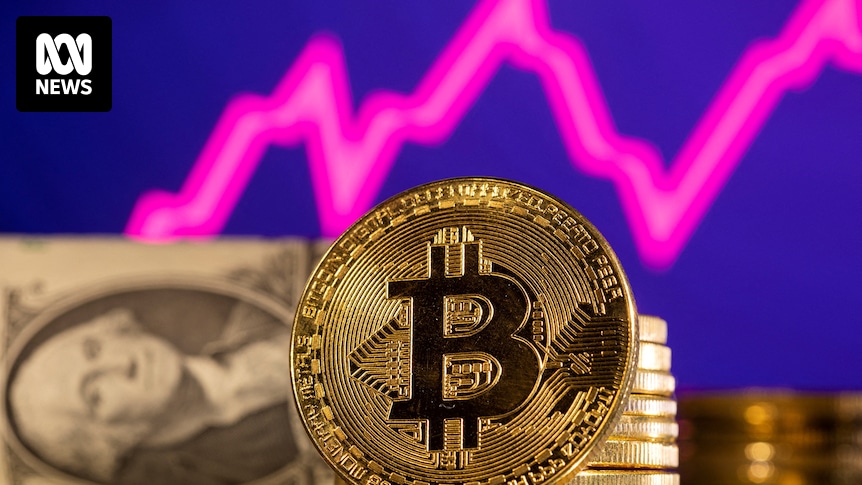
In a dramatic turn of events, Bitcoin has soared to a new record high, surpassing the $120,000 mark. This surge comes as the ASX 200 experiences a slight decline, reflecting broader economic uncertainties. The cryptocurrency’s meteoric rise underscores its growing appeal among investors seeking alternatives amid fluctuating traditional markets.
The latest Bitcoin rally highlights the ongoing volatility in global financial markets. Meanwhile, the Australian Securities Exchange (ASX) 200 slipped, indicating investor caution in the face of economic challenges. The juxtaposition of these trends raises questions about the future of digital currencies versus conventional equities.
The Federal Reserve’s Renovation Controversy
As Bitcoin captures headlines, another financial story unfolds involving the Federal Reserve’s costly office renovation. The project, which has exceeded $2.5 billion, has sparked debate over its necessity and financial management. The Trump administration previously cited the renovation’s cost overrun as a potential reason to dismiss Fed Chair Jerome Powell “for cause.”
According to the Federal Reserve, the project is far from a simple undertaking. It involves the first comprehensive renovation of the buildings since their construction in the 1930s, addressing issues like asbestos and lead contamination. The Fed has defended the renovation, emphasizing the need for safety and modernization.
Addressing Misconceptions and Cost Overruns
In response to criticism, the Fed released a ‘Frequently Asked Questions’ document to clarify the project’s scope. The document counters claims of extravagant spending on VIP areas and water features, instead attributing cost increases to necessary infrastructure improvements.
“There are no new water features, there’s no beehives, and there’s no roof terrace gardens,” Mr. Powell told US senators in testimony in June, denying excessive spending on the project.
Images released by the Fed depict leaky pipes and roofs, emphasizing the need for extensive repairs. The project includes a “green roof” designed to manage water runoff and enhance energy efficiency, a common feature in federal buildings.
Economic Implications and Future Prospects
The renovation project, which includes upgrades to an adjacent building, aims to consolidate staff into a single campus, ultimately reducing off-site lease costs. However, the financial implications are significant. A report from the Fed Inspector General in February estimated that costs had risen from $1.9 billion to $2.4 billion, marking a $500 million increase over two years.
This development raises broader questions about fiscal responsibility and the challenges of managing large-scale government projects. The importance of transparency and accountability in public spending remains a critical concern for policymakers and taxpayers alike.
Comparisons and Historical Context
Historically, large renovation projects have faced similar scrutiny. Comparisons can be drawn to other federal building projects that encountered cost overruns and public criticism. The need for modernization must be balanced with fiscal prudence, a challenge that continues to test government agencies.
As the Federal Reserve navigates these challenges, the broader economic landscape remains in flux. The juxtaposition of Bitcoin’s rise and traditional market fluctuations reflects a complex financial environment. Investors and policymakers alike must adapt to these evolving dynamics.
Looking Ahead: Navigating Economic Uncertainty
The ongoing developments in both cryptocurrency markets and federal projects underscore the need for strategic foresight. As Bitcoin continues to capture investor interest, its long-term viability remains a topic of debate. Meanwhile, the Federal Reserve’s renovation project serves as a reminder of the complexities involved in managing public resources.
As these stories unfold, the financial world watches closely, anticipating the next moves in an ever-changing economic landscape. The interplay between innovation and tradition will shape the future of finance, challenging stakeholders to navigate uncertainty with resilience and adaptability.





